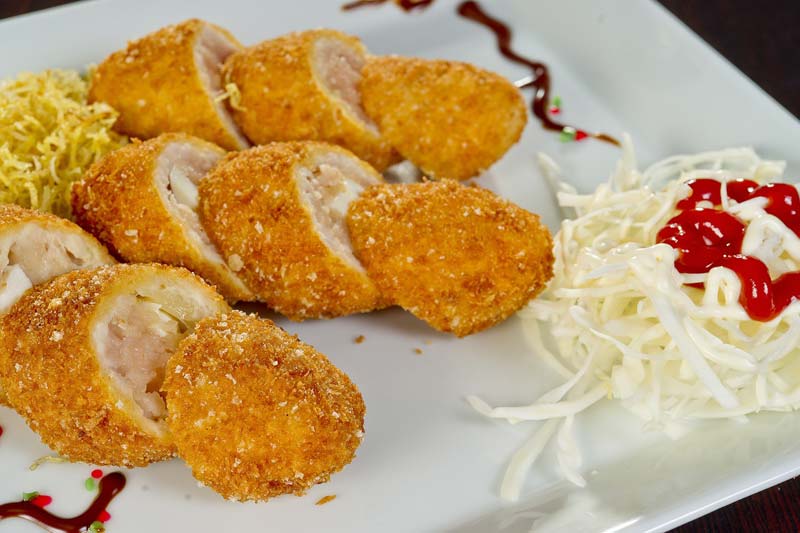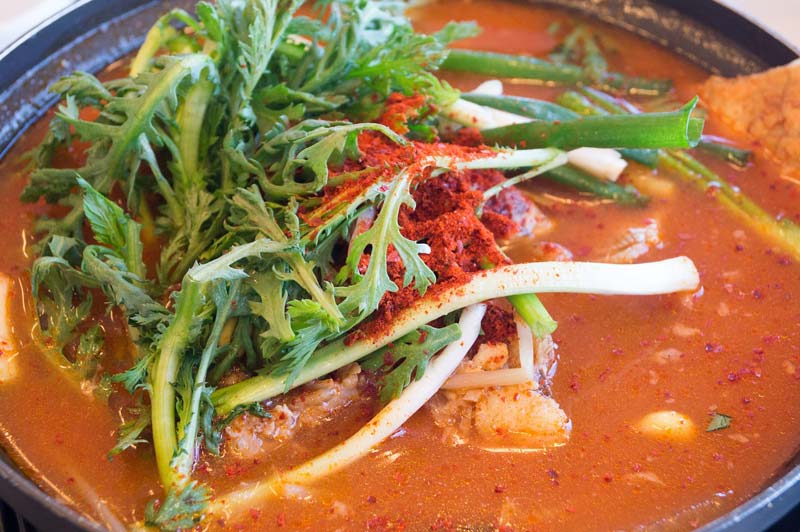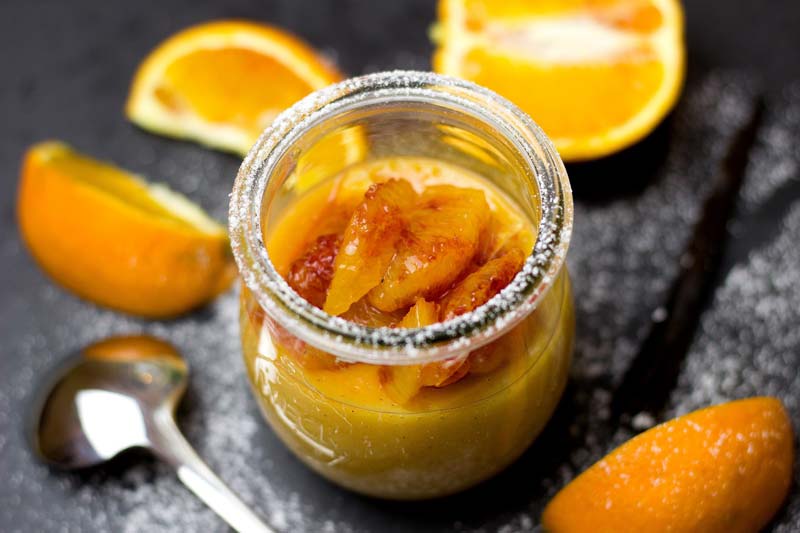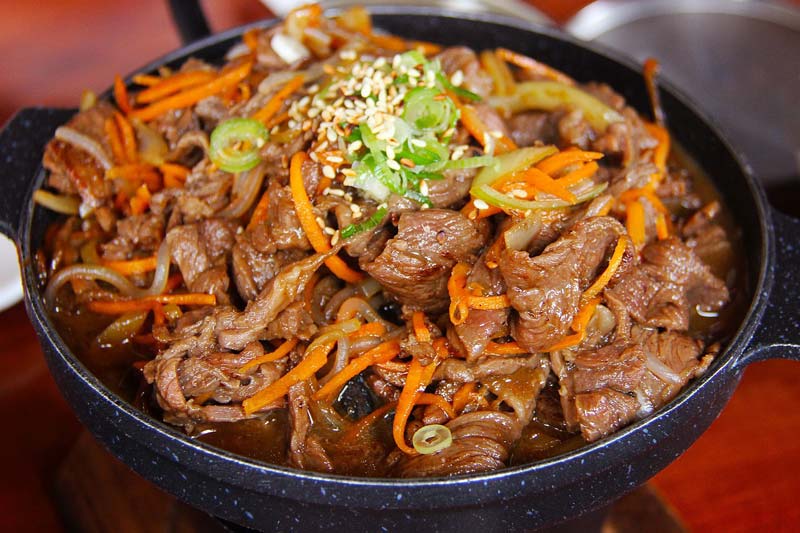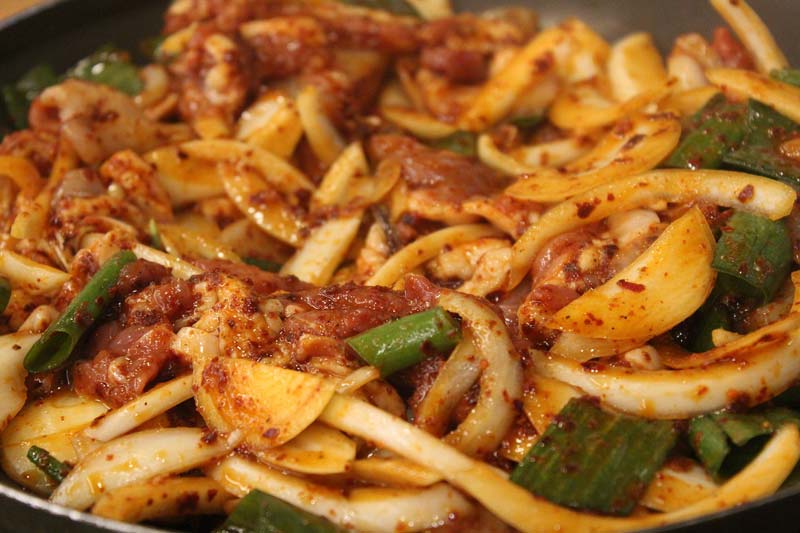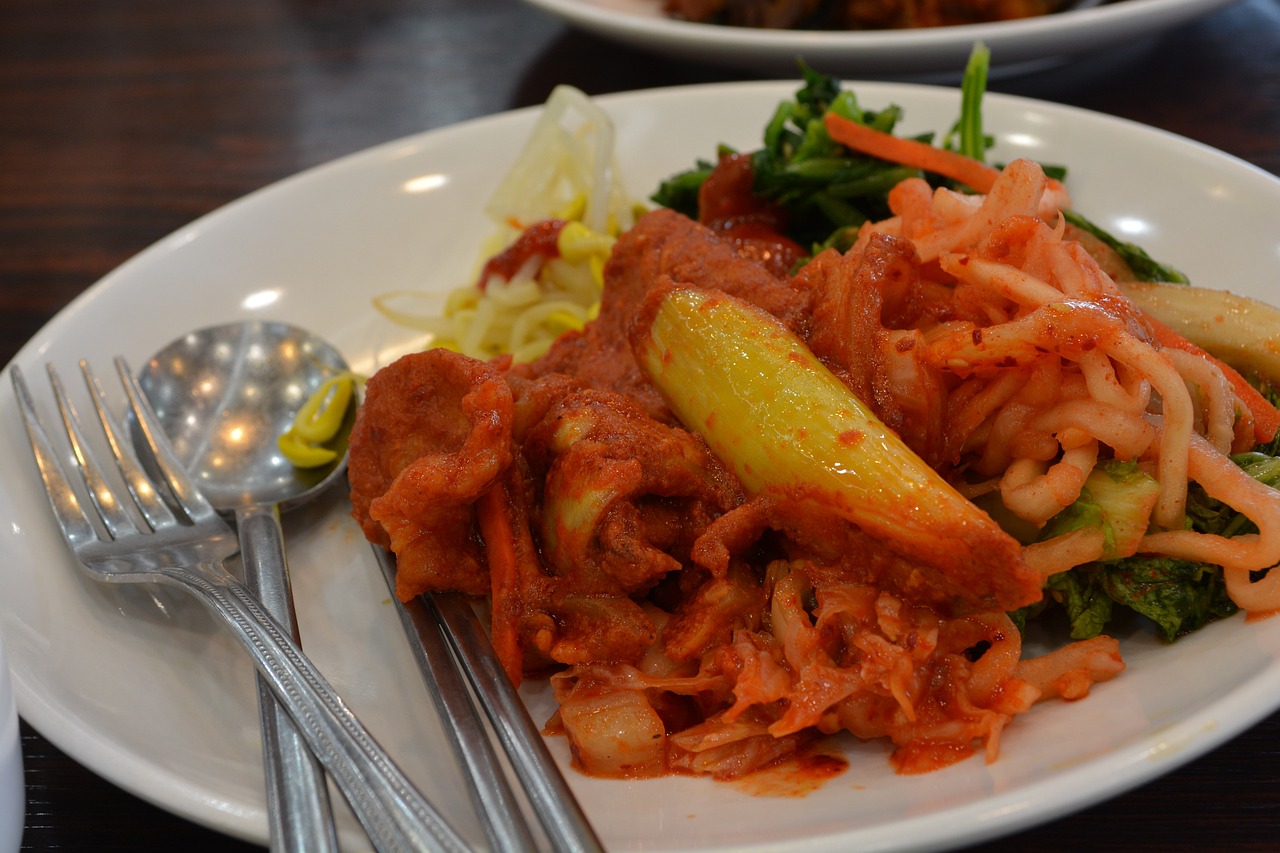Cheonggukjang known as one of the typical health foods has its nutritional value from the ingredient of soybeans, and what makes it a healthier food are the substances additionally produced by microorganisms.
During the fermentation of Cheonggukjang, sticky substance (polyglutamate) having anti-cancer effects and the nucleic acid (polymer) with immune-enhancement effects, the antioxidant of browning substances, and the protease having thrombolytic effects are produced. This is done by bacilli, and these microorganisms degrade the protein in soybeans and change them into smaller pieces of amino acids that they can increase the absorptivity of soybeans in Cheonggukjang into the human body, and they also weaken the intestinal saprogenic bacteria and fight against the disease germs. These bacteria beneficial for human body suppress the action of saprogenic bacteria to reduce the carcinogen or cancer-causing agents like ammonia, indole, or amine. In addition, they can adsorb to these harmful substances and discharge them.
Most of the harmful substances can be detoxicated in a liver, but if they are decreased by the functions of Cheonggukjang, the burden of a liver can be lightened that it can do more for recovering fatigue or preventing the roughness of skin. In particular, it has plenty of vitamin B2, so it can protect the liver suffered from drinking or smoking by improving its detoxicating functions. Beans contain much of the vitamin B2, 0.3mg per 100g, but it is sharply decreased when boiled. However, when the boiled beans become Cheonggukjang through fermentation, the amount of vitamin B2 gets increased to 0.56mg which is even more than that of raw beans.
Bacilli can also stimulate internal organs to activate the digestion by producing organic acid.
Various kinds of bacteria act in Cheonggukjang. The Cheonggukjang’s taste and flavor depend on the strain that ferments the soybeans. Therefore, it is important which strain is used in it, and the bacteria’s shape, color, and characteristics differ from each other by strain. These various kinds of bacteria change the Cheonggukjang’s taste and savor.
In general, the traditional Cheonggukjang is made by the process that the beans soaked in water and boiled are mixed with rice straw to make them fermented by the strain that moves to the beans from the straw. In the temperature of 37~42℃ and the humidity of 80%, as the beans are fermented for two or three days, the brown color gets thicker and sticky white thread is created, and when the thread is more, the quality of Cheonggukjang gets higher.
(fermentfood/fermentfood3_3.jsp)
